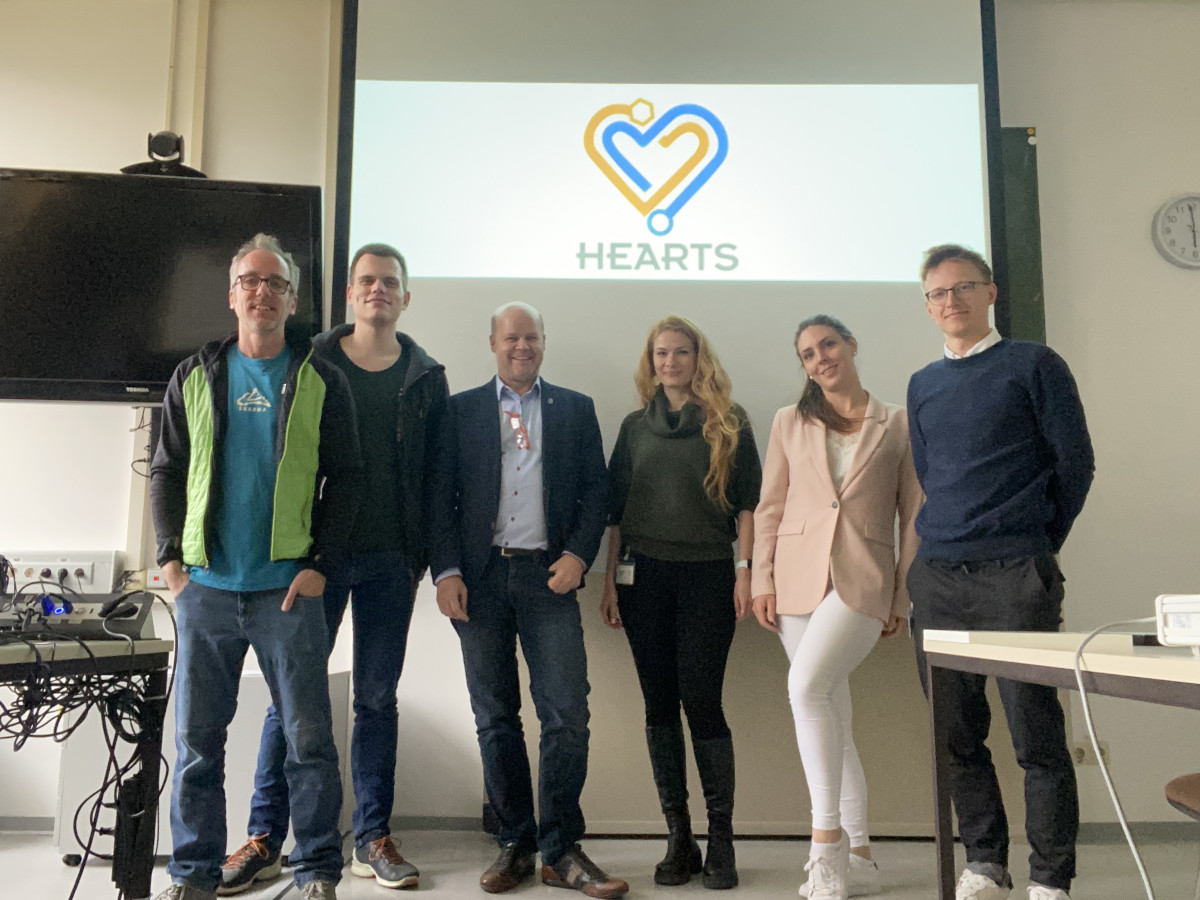In order to better compare their results, CERN and GSI have met in April to discuss and align their approach to high-energy heavy ion beam dosimetry.
Detailed characterisation of high-energy heavy ion beams for the irradiation of electronics or biological samples is a challenge. Especially, as there are only few facilities providing these beams and their methods to apply the beam differ. This particularly true for CERN and GSI, where the two European facilities are hosted, whose approaches to dosimetry differ and can lead to difficulties when comparing their beams.
In order to solve this problem, a meeting discussing the question “How to make CERN and GSI dosimetry comparable?” took place on 20th of April 2023 at GSI as part of the EU-funded HEARTS project. Six participants from CERN, GSI and University of Oldenburg discussed their different approaches to dosimetry and how to make sure that measurements done at both CERN and GSI can easily be compared.

Six experts from CERN, GSI and the University of Oldenburg met in April to explore how to make sure that measurements done within HEARTS’s facilities can easily be compared (Credit: Andreas Waets/GSI).
GSI has extensive experience with high-energy heavy ion beam dosimetry, utilising gas-filled parallel plate ionisation chambers and various other detector types for dosimetry at the target point. In cooperation with the German Cancer Research Centre (DKFZ) in Heidelberg, GSI developed in the 1990s the standards for high precision dosimetry in ion beam therapy in combination with the raster scanning beam application technique and the corresponding protocols. This technique was applied first in 1997 for clinical treatment with carbon ions at GSI and has been continuously improved since that time. Today, experiments with high-energy heavy ions irradiating biological samples are routinely performed at GSI.
The University of Oldenburg has a very high level of expertise with dosimetry detectors, especially those made by the German company PTW, which are also in use at GSI. CERN offers great experience with silicon diode-based detectors for beam characterization in the facility used for the HEARTS project.
The meeting concluded that for HEARTS, the term ‘dosimetry’ must be defined more broadly than for the clinical applications. This means beam characterisation including the energy spectra of the different species and fragments. This is particularly relevant for the Galactic Cosmic Ray (GCR) simulator from GSI.
In the future, some ideas and evaluation methods will be needed to make the beam characterisation at the irradiation sites of CERN and GSI comparable, in turn providing a means of performing routine quality control on the beams, which is essential to ensure the robustness of the results collected by the users. First concept and comparison experiments will be set up in the coming months.
